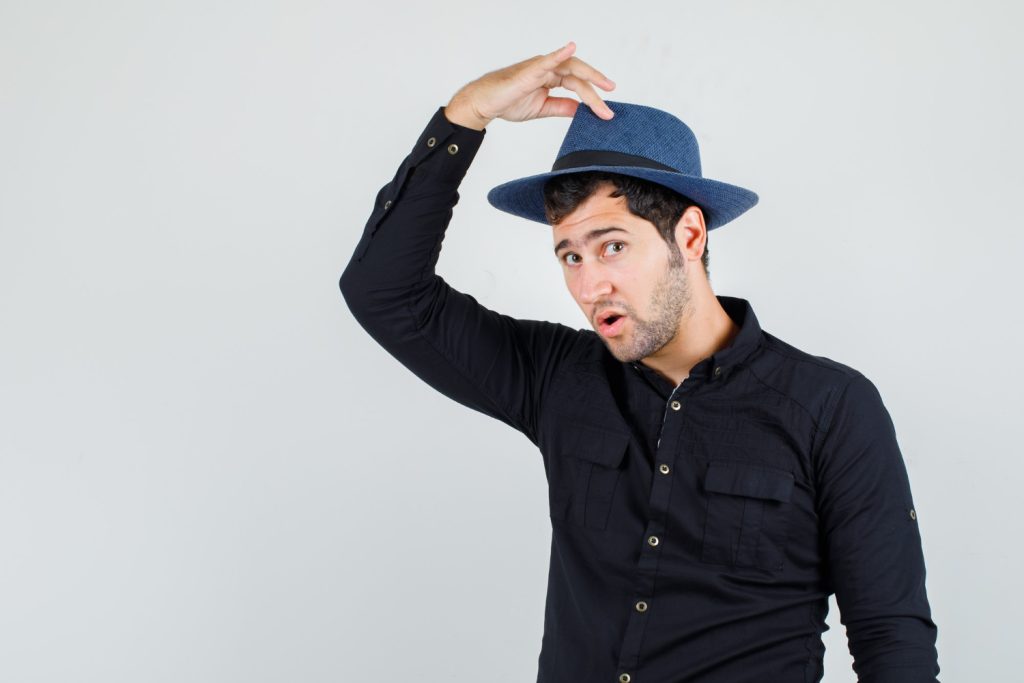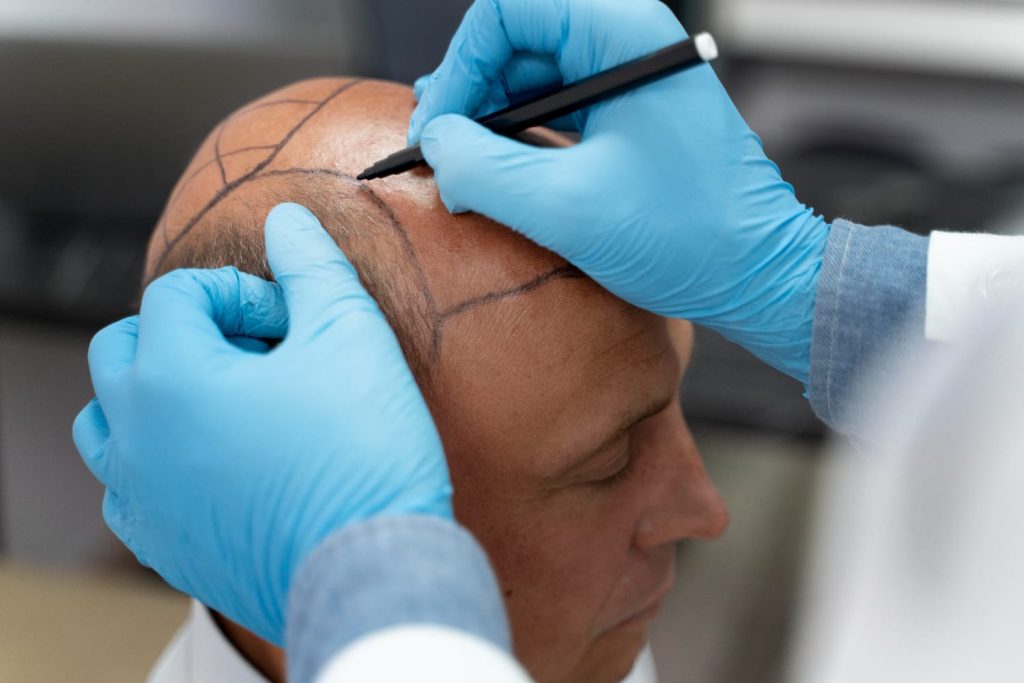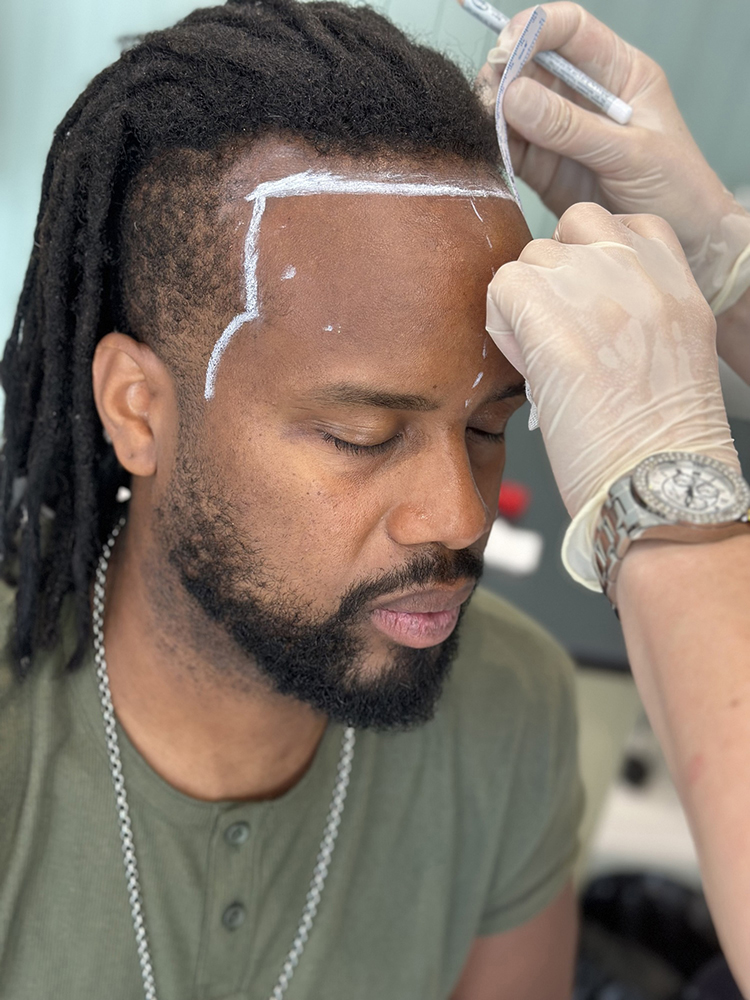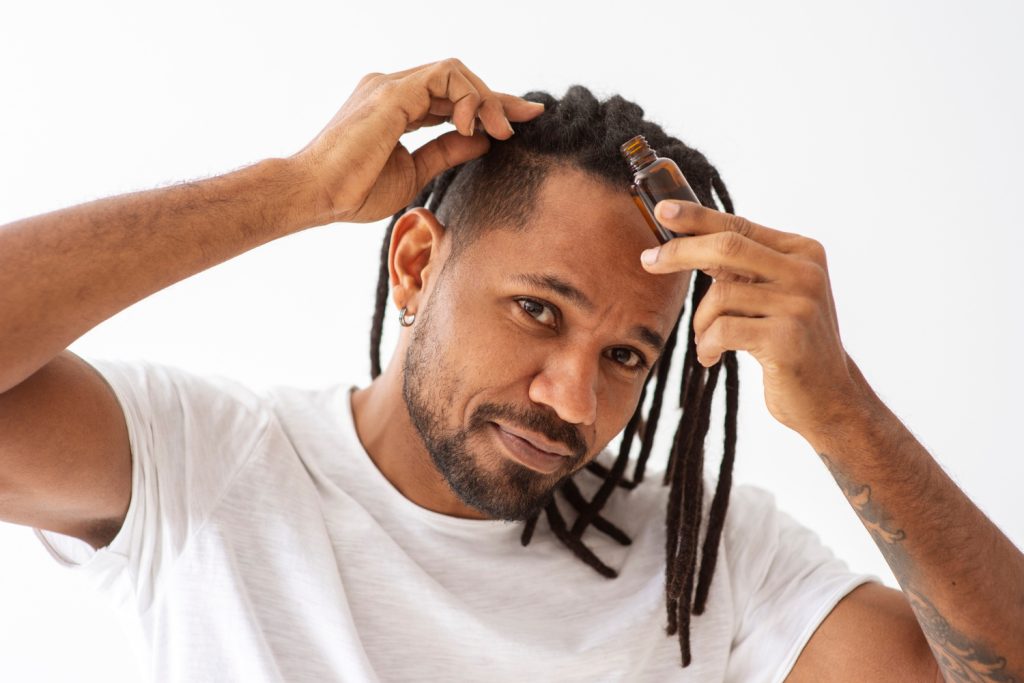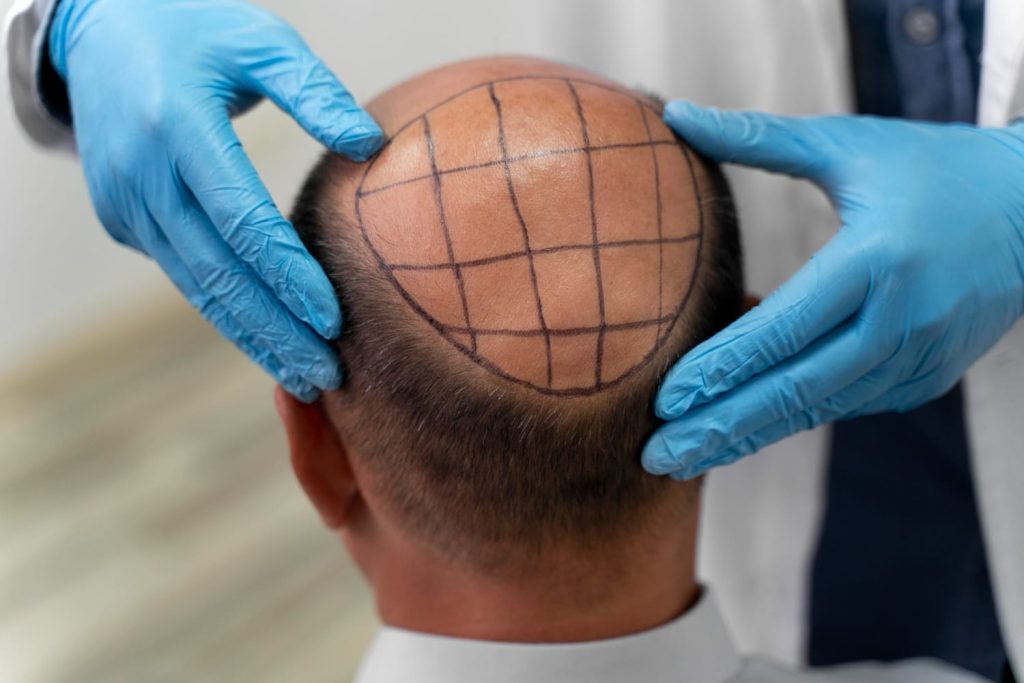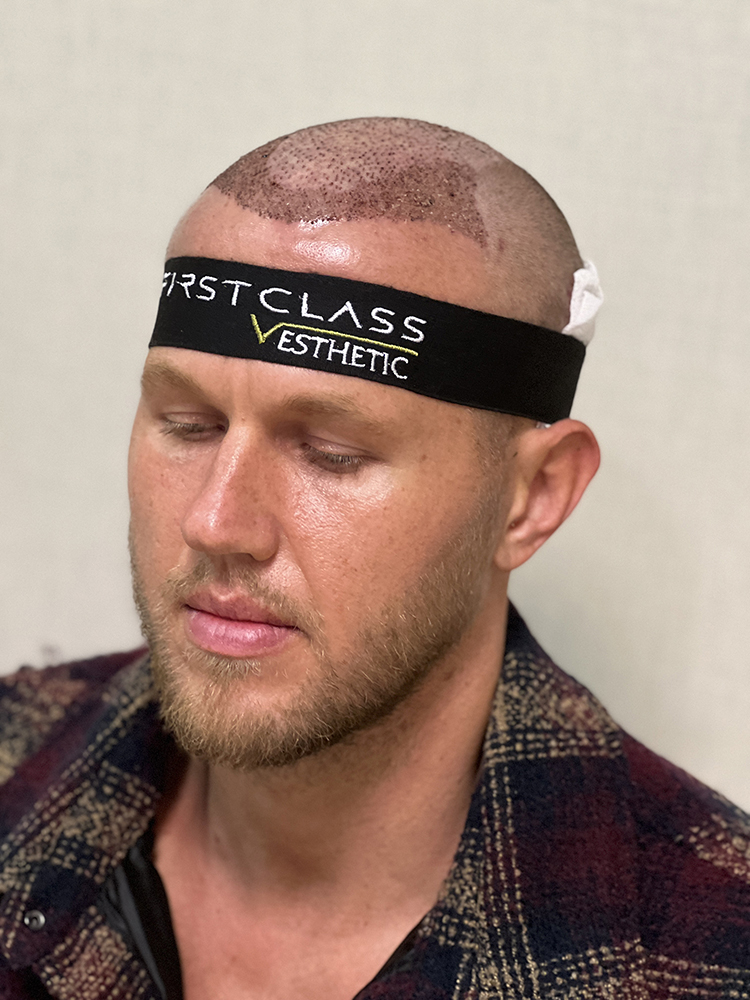One of the most frequently asked questions after a hair transplant is whether a hat can be worn after a hair transplant. Some people want to wear accessories like hats and berets to conceal the transplanted area, while others, due to their specific industry, wonder when they can wear accessories like hard hats and helmets.
When Should You Wear a Hat After a Hair Transplant?
The most sensitive period of the hair transplantation procedure is the first 12 days. During this period, wearing any accessories such as hats, berets, hard hats, or helmets, and absolutely no contact with the transplanted area is recommended. Careless scratching, bumping, or rubbing can damage the grafts.
After the critical first twelve days of hair transplantation, a more comfortable period awaits patients. This is the period when hair begins to grow, and after completing all necessary procedures, the patient begins to wait for the hair to grow. Although not as long as the initial period, patients should be careful and meticulous until the process is complete, heed the warnings, and stay in contact with the institution or organization performing the hair transplant.
The period for wearing accessories is generally two weeks after the procedure, and it is appropriate to resume wearing any desired or necessary accessories after this period.
How Should You Choose a Hat After Hair Transplantation?
Hats are often inconvenient to wear in the initial period after a hair transplant. However, if a person is still uncomfortable with their post-transplant appearance and wishes to wear a hat, they should choose one that sits comfortably on the temples, is wide and high, and does not touch the transplanted area in any way.
Institutions and organizations that perform hair transplants generally provide hats to their recipients that meet the criteria listed above, due to the heavy rain in the winter and the intense sun in the summer.
Two weeks after the hair transplant, the patient is free to wear any style of hat they wish.
At First Class Esthetic, we always ask our clients who contact us and are considering a hair transplant their profession and the type of work environment they work in, and provide them with instructions and recommendations regarding the post-transplant process, tailored to their specific profession. Because we want every result to be equally successful and every patient equally happy.


